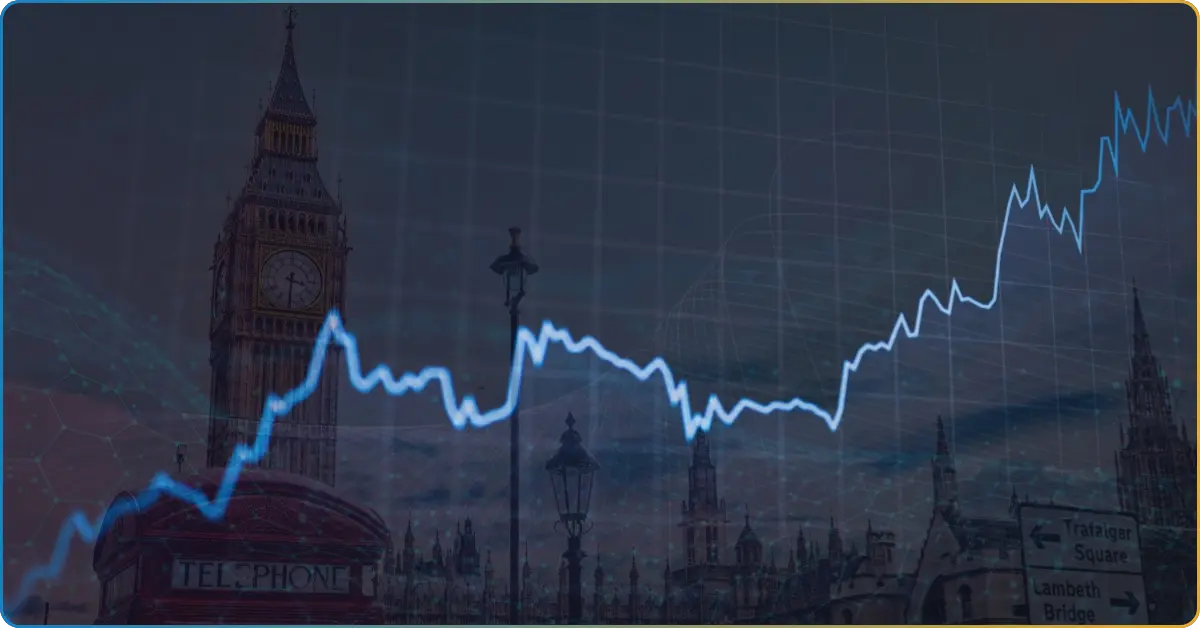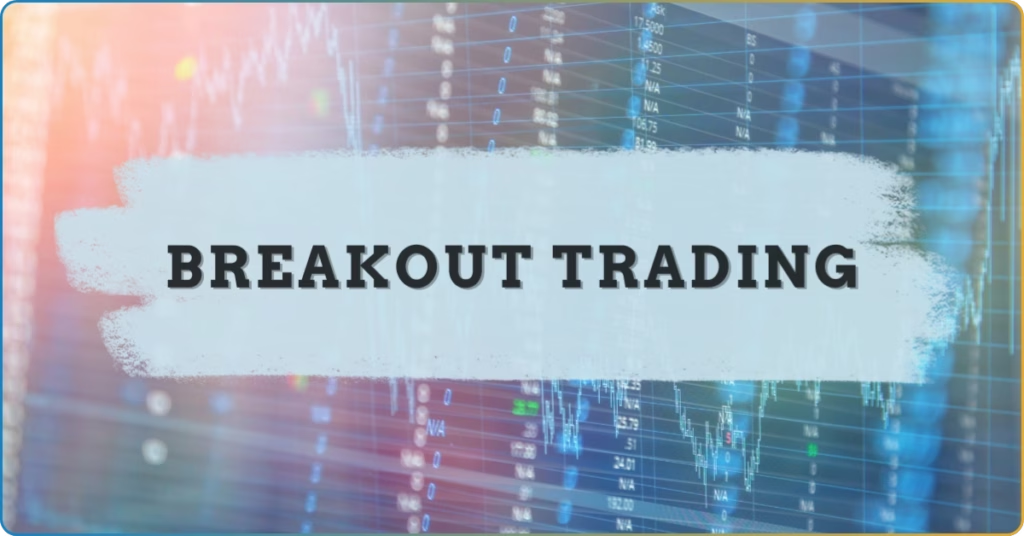One primary appeal of the foreign exchange market (forex market) is its offered accessibility. At every minute of weekdays, the market is filled with forex transactions from retail traders and institutional investors like central and commercial banks.
However, its accessibility doesn’t mean you should execute a trade anytime you want. Remember that the forex hours are not created equal – some bring active markets that carry volatility for profits; while most are inactive and relatively unprofitable.
Looking for a profitable market session? Consider trading during the London session, when various European financial centers are driving the volatility up due to increased liquidity.
In this TRU Insight, we’ll discuss the London session time in South Africa and walk through its implication in the market.
Why You Should Consider Forex Session When Trading?
When strategizing your forex trade, considering the market session for trade execution is integral for a more informed trading.
Doing so allows you to align your risk management techniques with the potential price movement or fluctuation.
But before we dig deep into it, let us first discuss the four primary trading sessions in forex and their respective South African time.
Four Primary Forex Sessions
| Trading Session | SAST | UTC |
| Sydney Session | 22:00 to 07:00 | 20:00 to 05:00 |
| Tokyo Session | 02:00 to 11:00 | 24:00 to 09:00 |
| London Session | 10:00 to 19:00 | 08:00 to 17:00 |
| New York Session | 14:00 to 24:00 | 12:00 to 22:00 |
These four trading sessions made the around-the-clock operation of forex possible.
In the start of a new trading week, the Tokyo session (also called the Asian session) opens the forex market. While this period is relatively less active than the other major sessions, it still brings enough fluctuations – especially to Japanese yen (JPY) and Australian dollar (AUD) pairs.
Next to it is the London trading session – the most active trading session among the three. During this session, the market is filled with forex transactions from retail traders and big European banks.
Lastly, the New York trading session closes the market. When overlapped with the London session, this North American trading session boast immense volatility and liquidity to the US dollar pairs, especially the pairings of euro-dollar (EUR/USD) and pound-dollar (GBP/USD)
Note: Oftentimes, the Sydney session is considered a member of the major forex pairs. However, it generally belongs to the Tokyo session due to the overlapping operation between Australian financial centers and Asian financial centers.
The Activeness of the Market Matters
Going back, the degree of market activeness plays an important role in your trading strategy. Ultimately, it provides insights into the possible market fluctuations during your chosen market and session.
- Active market (London and New York sessions): Carries immense volatility due to increased market volume. It’s considered profitable and risky due to fluctuating prices.
- Inactive market (Tokyo session): Relatively less volatile due to decreased market volume. While its unprofitable for short-term traders, it boasts stability needed to remain safe in the market.
Remember, choosing which market to trade in should depend on your trading objectives and risk appetite.
The Importance of London Trading Session
The London trading session is when the greatest number of forex transactions enters the market. In fact, the Bank of International Settlement (BIS) noted that 35% of daily forex transactions occurred during the London session.
Taking the biggest transaction share in the market, this session set the tone for the rest of the trading day.
But why is the London session the most active?
Simple – it’s because the majority of major financial centers are operating during this session. This ultimately boosts the market volume, creating the liquidity needed to profit from the market.
Pro Tip: The 4-hour London-New York Session Overlap Carries the Most Profits
| London-New York Overlap | 12:00 to 17:00 SAST |
Again, the London session carries the most active forex market. Ranked next to it is the New York session.
Now, imagine when these two sessions overlap? It makes the market significantly more liquid and active.
This is why this overlap is considered the most profitable forex window for short-term traders. During this 4-hour overlap, major currency pairs move for around 100 to 200 pips.
Suppose you have a standard sized position (100,000 units), such pip movements would yield a profit of USD 1,000 to USD 2,000.
How to Trade London Forex Session?
While profitable, the volatility and fluctuation brought about by an active market presents risk if the trade is not properly executed.
Here are the four considerations when you’re trading the London forex session.
Consider the CHF, EUR, NZD, and GBP Pairs
The logic in forex trading is to trade the currency used by operating a financial center.
During the London session, it’s best to trade the currencies tied to the financial hubs that are active during this time. The CHF (Swiss Franc), EUR (Euro), NZD (New Zealand Dollar), and GBP (British Pound) are particularly relevant.
Why these pairs?
The European financial markets are open, leading to heightened activity in EUR and GBP pairs.
CHF often moves in correlation with EUR due to Switzerland’s close economic ties to the Eurozone.
The NZD, while not European, can exhibit volatility as the session overlaps with news releases from other global financial centers.
By focusing on these pairs, traders can capitalize on the heightened liquidity and sharp price movements unique to the London session.
Monitor the Eurozone and the UK Economic Factors
Economic developments in the Eurozone and the United Kingdom significantly influence the London session. Keeping an eye on key indicators and reports is essential for making informed trading decisions.
| Economic Factors | Eurozone | The United Kingdom |
| Prices and Inflations | HICP | CPI and PPI |
| Monetary Policies | ECB Press Release | Bank Rate and BOE Inflation Report |
| Economic Growth | ZEW Survey and GDP | Manufacturing and Production, GDP, Index of Service, and Retail Sales |
| Balance of Payments | Trade Balance and Income Payments | International Trade and Balance of Payments |
Use free economic calendars to track these key events and ensure you’re updated on critical economic developments.
Additionally, join a verified online trading community to exchange insights with other traders and stay informed about breaking news in the UK and Eurozone.
Implement Breakout Trading Strategies
Breakout trading is particularly effective during the London session due to the surge in trading activity following the quieter Tokyo session.
A breakout occurs when the price breaks through a significant support or resistance level due to increased trading volume. The transition from the Tokyo session to the London session often triggers these breakouts, offering lucrative opportunities for traders.
Look for patterns like triangles, flags, or head and shoulders that indicate a breakout.
Also, use RSI to confirm momentum and avoid false breakouts.
Fundamental and Sentiment Analysis: Analyze market sentiment and economic news to validate breakout signals.
By combining technical and fundamental analysis, you can identify high-probability breakout opportunities and execute trades with confidence.
















